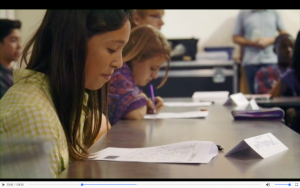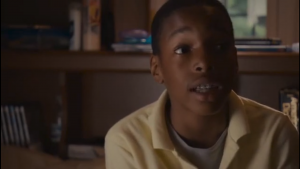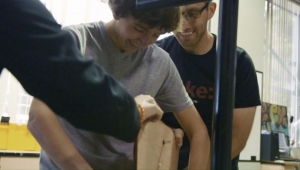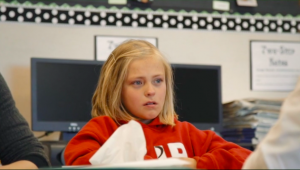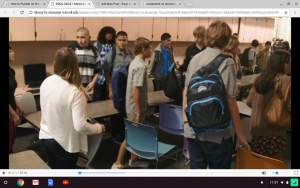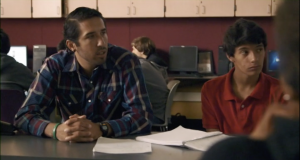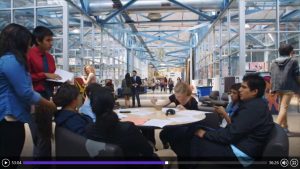In Greg Whiteley’s documentary, Most Likely To Succeed, the problem that is defined is that we raising our students in an outdated curriculum. Through the technological advancements we have made, the mental and muscle power of humans that were needed for factory jobs are being replaced by machines. Given this problem, Whitely suggests that we redesign and implement a new curriculum that is appropriate for the type of people we want to run our society and for the type of workers who are needed for this new economy and new workforce. As a result, students are more prepared for the real life challenges and interactions that are not calculated or predicted by standardized exams and traditional classroom structures. “Real education is messy and any attempt to standardize it will lead to a system that ignores this irrefutable fact-” (Whiteley, 1:24:05) The fact being that education is complex, as Stir Ken Robinson explained, and how teaching is like gardening, if you feed the plant it will grow. If you treat education like a factory where you grind the gears, the machine will just do what you want it to do.
This film begins by describing the first shift in education during the industrial revolution. Then it describes how The Committee of Ten were in charge of designing a curriculum that they thought all students should know. This group decided what material was appropriate for which grade and since then (1892) we have kept this same curriculum. Stir Ken Robinson stated, “we divide the day up into bits of time; into 40-50 min blocks and then we ring bells, and people start to shuffle around and do something else. That’s an organizational device, not and educational principal.”(Whiteley, 12:41). By creating the film in a timeline format, viewers are able to visualize the ways in which society has changed, but schooling as stayed the same, for the most part. This helps us better grasp Whiteley’s main point. For example, the imagery of the scenes from the 1800’s and modern classrooms are uncannily similar. The students sat in rows, staring up at the teacher in the front of the classroom, with uninterested, boring faces; taking in information that they are expected to remember. This footage of the classroom structure did not change until the scene transitioned to High Tech High in San Diego. The physical space of the school resembled its mission, in that they were both the epitome of educational reform.

Out of the entire hour and 30 minutes, one scene that stood out to me the most was where 9th grade student, Samantha, stood in front of a classroom full of teachers and her peers describing her strengths and weaknesses, (I’m assuming this was after she presented a project). The way this scene was shot was strategic. The camera was focused on one teacher and the viewer couldn’t see who else was in the room. The teacher said, “What are some things you can work on.” Immediately I thought this was a staff meeting. When the camera shifted to the student in the front of the classroom it almost looked unnatural. As she’s described the areas she can improvement in, she was not talking about subjects. She was talking about personal skills that are applicable beyond the classroom. This stood out to me because I have never read or seen anything like this. The closest I have seen are surveys that students take at the end of the year about how well their school is doing on points that the school board thinks are important. The difference between a survey and what happened in this film, is the verbal communication. A survey provides at most 5 options for a student to say whether they like it or not. At High Tech High, Samantha and her peers had this autonomy to tell their teachers, through their own voice, what are better ways for them to learn. A conversation is being had. This changes everything about teacher-student relationships, about how students are thinking about their education, and how they are able to reflect on their mental and educational needs. For most of us, our first time practicing any type of autonomy like this is our first meeting with our college advisors. And by then some of us don’t know what we need or want from our education because it’s a foreign concept.
Bibliography:
Whiteley, Greg. Most Likely To Succeed. 2015. Film.
